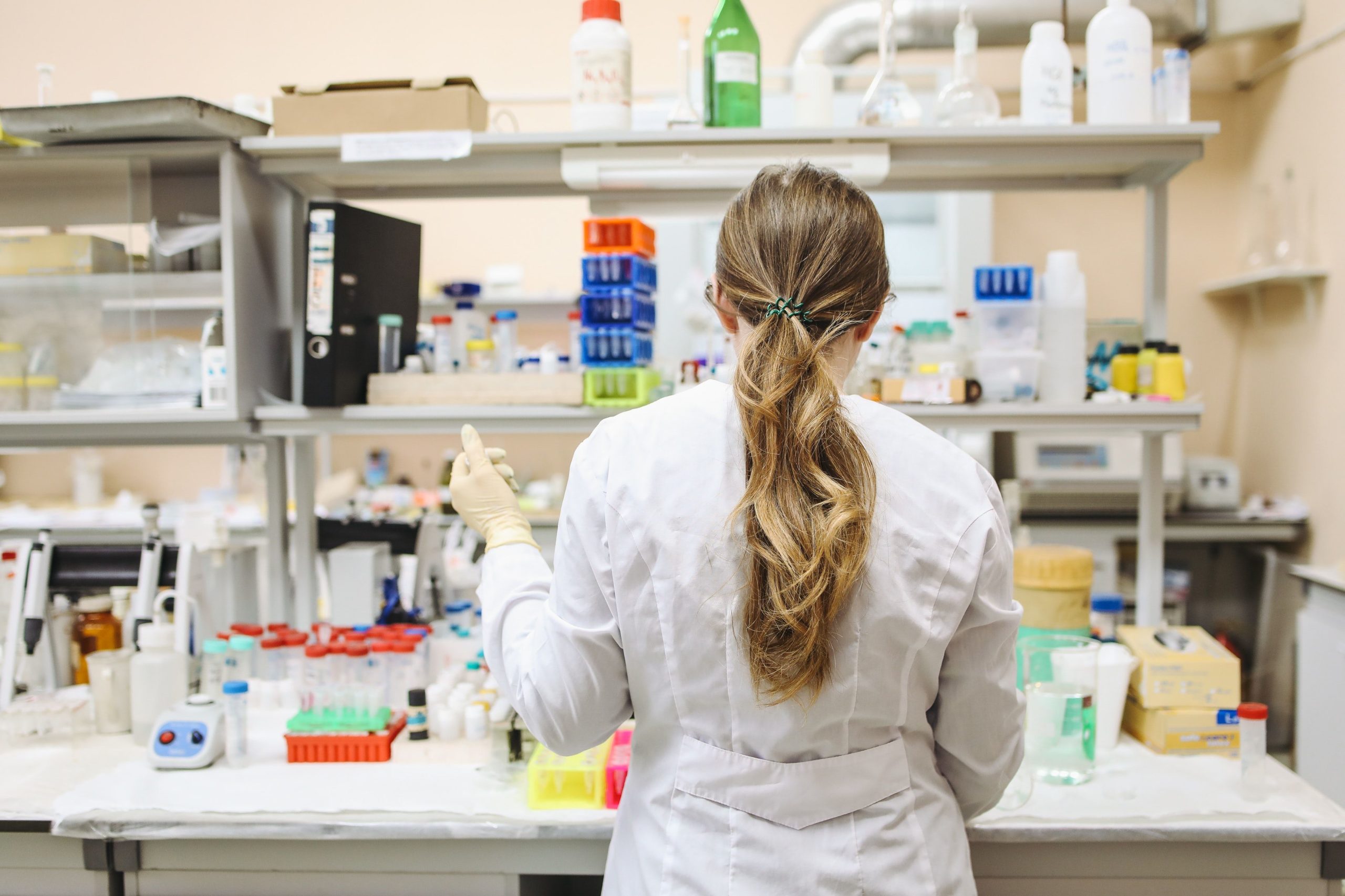The Importance of Anatomic Pathology Laboratories
Anatomic laboratories analyze tissue samples to determine what disease a patient may have and how to best treat them. The vast majority of healthcare decisions are made only after samples are tested at these facilities. As such, it is extremely important that pathologists and the labs that they work in are held to the highest standards both in terms of practices and test design as the majority of downstream health provider decisions are made according to these lab results. Pathology labs are simply an unsung foundation of the modern healthcare system. Although laboratory testing only represents approximately 5% of all healthcare spending, it significantly impacts the remaining 95% of total costs.
Anatomic Laboratories Play a Key Role in Understanding CoVID-19
Pathology laboratories can be primarily classified into anatomic and clinical. The key difference between the two laboratories is the type of samples they analyze. Clinical labs test blood, culture, mucus, and urine, while anatomic labs, such as ours and our partners, focus on tissue and surgical specimens. Within the anatomic laboratory sector exists three major divisions – each classified by the type of specimen handled and analyzed.
- Surgical Pathology examines tissue removed as a biopsy or part of a surgical procedure.
- Cytopathology examines small amounts of tissue collected by scraping bodily surfaces or through noninvasive techniques.
- Autopsy Pathology examines diseased patients to determine what diseases were present and how they may have contributed to their death.
The analysis of these tissues helps to shape our understanding of disease and symptoms and guides healthcare professionals in both treatment and testing design. In the fight against CoVID-19 anatomic labs are playing an integral role in identifying the ways in which the virus affects the body and in identifying the ways in which these effects are similar or dissimilar to other known diseases or infections.
By helping the medical community to better understand what is taking place in the body, pathologists are aiding treatment design and helping physicians to make better decisions.
Pathologists Out of Sight But Not Out of Mind
Pathologists are highly trained and largely unrecognized as they spend most of their day in hospital labs. To become certified in anatomic pathology, a physician must complete four years of medical school and three years of residency. As such, they’ve earned themselves the nickname the “doctor’s doctor” due to their importance and the fact that they interact with physicians more than patients.
In the fight against modern disease, anatomic pathologists have pushed their methods, research, and testing more and more toward the molecular level. This improves diagnosis and helps us to better understand and fight disease.
The crucial role that they play highlights the need for them to be highly trained and armed with the latest in both knowledge and resources. Laboratory tech and leading-edge testing are crucial for successful analysis and the necessary downstream decisions which result. The need to continually educate and train pathologists is clearly important to healthcare as a whole.
The significance of laboratories and pathologists can not be understated. Without them, our modern healthcare system would come to a grinding halt. They play an integral roll in both treating the patients of today and preventing the patients of tomorrow.
Yosemite & Precision Pathology Medical Group
Yosemite Pathology Medical Group is a pathology physician group with Board Certified pathologists who provide services to hospitals and outpatient practices in a broad range of specialties in both anatomic and clinical pathology, supplemented by targeted subspecialty training. These comprehensive specialties enable the delivery of solutions that answer the needs of clients, allowing physicians and hospital partners to advance patient care and health management in the communities we serve.

